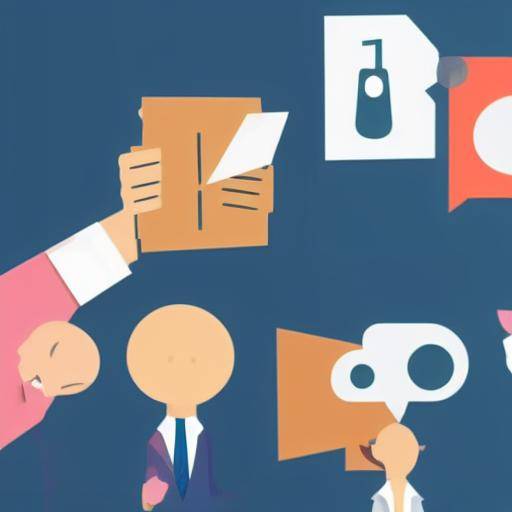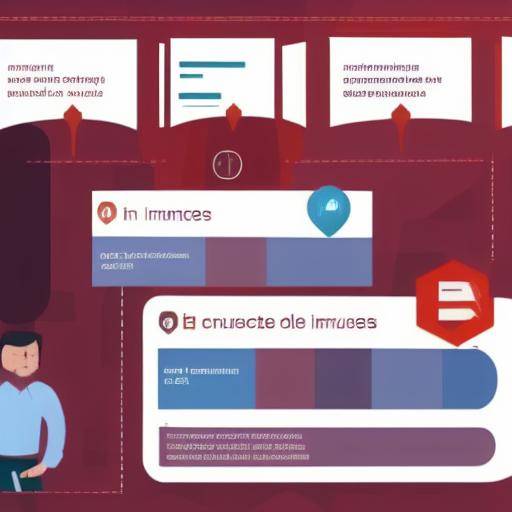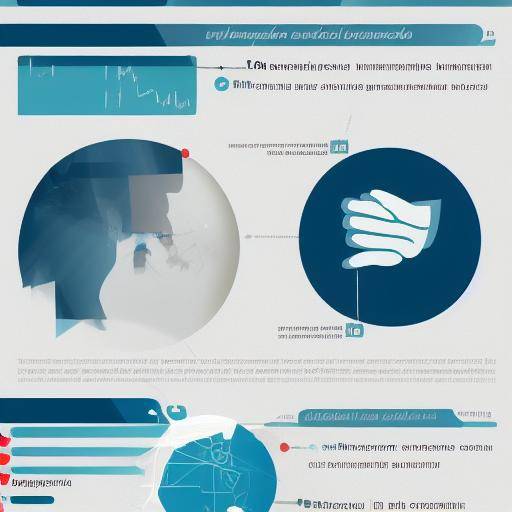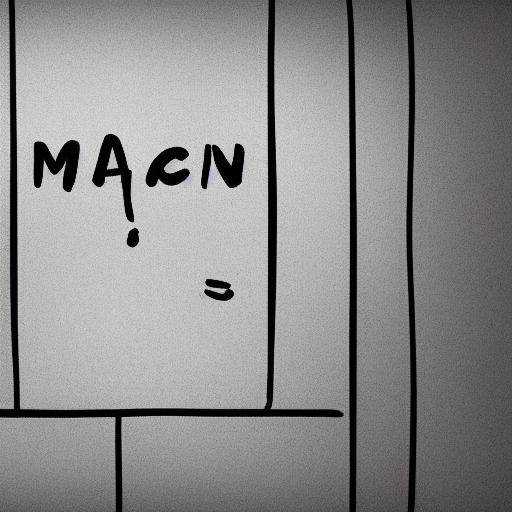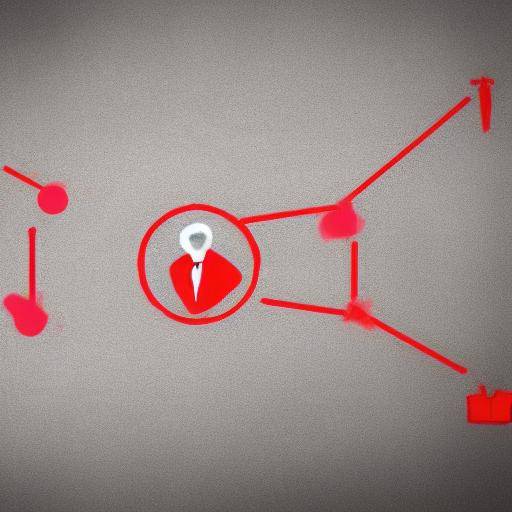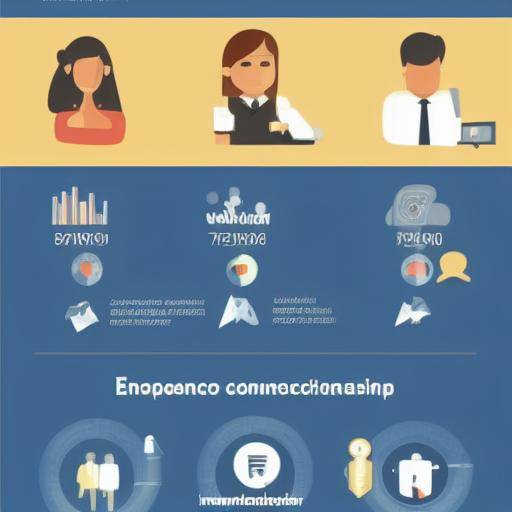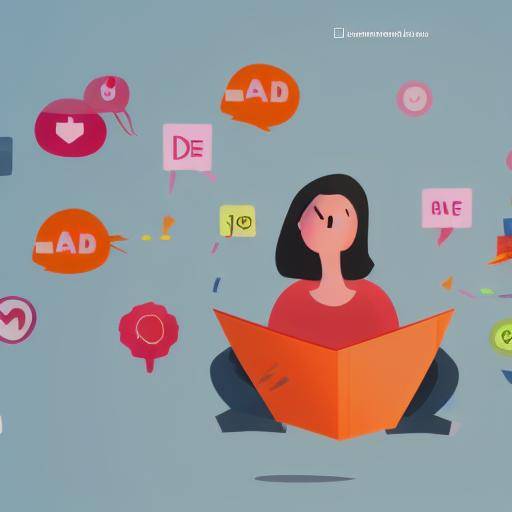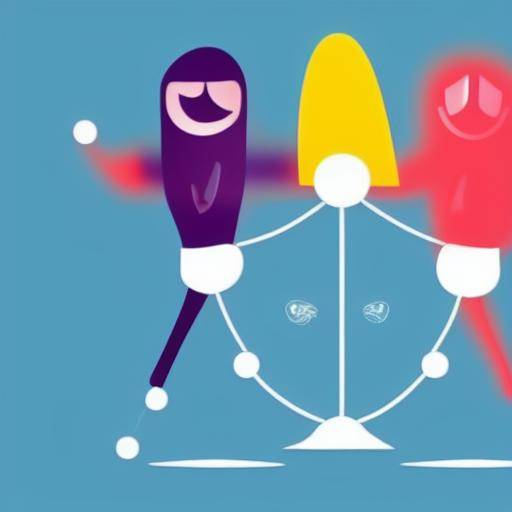
Storytelling is a powerful tool that has existed throughout human history. It connects us emotionally, effectively transmits messages and improves our communication skills. In this article, we will explore in detail how storytelling can be used to improve communication, develop empathy skills and create more meaningful connections.
Introduction
The ability to tell stories is innate in humans. From cave paintings to live broadcasts, storytelling has served as a fundamental means of sharing knowledge, values and experiences. At present, its importance has not diminished. Learning to narrate stories effectively can make the difference in our ability to connect with others, persuade and influence opinions.
In this article, we will explore how storytelling can improve our communication skills, create a deeper emotional connection and use this technique in various contexts. From its historical evolution to future trends, we will analyze the narrative of stories in depth and provide practical advice for its application. We discover together how to become masters of storytelling in the art of communication!
History and Background
Storytelling has a fascinating legacy that goes back to the dawn of civilization. From the oral tradition of ancient cultures to contemporary digital narratives, humanity has appreciated and used the power of stories as a way of transmitting knowledge, perpetuating culture and entertaining. Throughout the centuries, stories have been a unifying force that transcends linguistic and cultural barriers.
Origins and Meaning
The precise origin of storytelling is difficult to determine, as it is intertwined with the very development of human communication. However, it can be traced through archaeological artifacts, myths and ancient legends that show the continued presence of narratives throughout history. From the homerical epopeyas to the fables of Esopo, stories have been a vital tool for transmitting teachings and values.
Evolution along Time
The storytelling has experienced a continuous process of evolution, adapting to technological, social and cultural changes. From the mid-age troubers to the boom of digital narrative in the twenty-first century, the stories have been transformed in response to the needs and means of each time. The arrival of printing, cinema, television and, more recently, digital platforms has exponentially expanded the audience and available formats.
Key Moments and Significant Developments
Throughout history, several developments have marked significant milestones in the evolution of storytelling. The invention of the printing press by Johannes Gutenberg in the 15th century, for example, democratized access to stories by allowing massive reproduction of books. Similarly, the arrival of sound cinema in the 1920s revolutionized audiovisual narrative and expanded creative possibilities. These technological milestones have influenced the way stories are told and consumed in society.
Details or Case Studies
A revealing example of the influence of storytelling in modern society is the impact of telenovelas on Latin American culture. These programs, known for their exciting plots and memorable characters, not only entertain millions of spectators, but also make them reflect on social and moral issues. In countries such as Mexico, telenovelas have left an indelible mark on how certain topics are perceived.
Analysis in Deep
Storytelling offers important concrete benefits as well as challenges to taking into account in its implementation. In addition, there are current trends that shape the panorama of storytelling and its impact on communication.
Benefits and Challenges
Storytelling offers a multitude of benefits, as it connects emotionally, simplifies complex concepts, increases information retention and promotes empathy. However, the challenge lies in maintaining public attention, especially in a world saturated with stimuli and distractions. Understanding how to overcome these barriers is fundamental to the success of storytelling.
Statistics, Case Studies and Examples of Real Life
A study conducted by Stanford University revealed that the accounts persuade and transmit messages more effectively than data and statistics. On the other hand, companies like Nike have demonstrated the transformative power of storytelling through advertising campaigns that offer emotional and compelling accounts instead of simply promoting products. These cases illustrate how storytelling can positively influence public perception.
Analysis of Different Perspectives and Reviews
It is important to recognize that storytelling can vary according to culture, audience and context. What works in one environment may not have the same impact on another. For example, in the corporate sphere, storytelling can be used to boost the identity of a brand, while in the educational field it can be an effective tool to capture the attention of students and facilitate learning.
Comparative analysis
Storytelling, communication skills and emotional connection are closely related, and understanding their similarities and differences can enrich our understanding of how to influence others and inspire actions. By comparing these concepts, intersection points are revealed that reinforce their importance in effective communication.
Similarities and Variances
Both storytelling and communication skills seek to convey messages clearly and effectively. However, storytelling focuses on the persuasive power of emotions, while communication skills can encompass a wider range of techniques and approaches. The emotional connection, for its part, acts as a bridge between both concepts, as it emphasizes the importance of establishing an authentic link with the public.
Examples Detailed and Scenarios
Imagine a business leader who wants to inspire his team. The storytelling allows you to convey values and goals through stories with which employees can identify emotionally. Their communication skills, such as the effective use of body language and intonation, reinforce the impact of their stories. The emotional connection that manages to establish strengthens the trust and loyalty of your team.
Practical Tips and Accessible Tips
Learning to use storytelling effectively is a skill that can be cultivated and perfected over time. Taking into account certain practical tips and actionable tips can make the difference between a story that is quickly forgotten and one that leaves a lasting impression on the audience.
Enumerated Points or Pass Lists
- Know your audience: Understanding who they are and what they care allows you to adapt your stories to resonate with them at a personal level.
- Emotions: Emotions are the core of a good storytelling. Look to connect the audience to an emotional level so that your story has a lasting impact.
- Be authentic: Authenticity is key to establishing a genuine connection with your audience. Share your own experiences and values in an honest and transparent way.
Details and Justifications
By applying these tips, we can transform our narratives into powerful tools that capture attention, convey shocking messages and generate a positive response in our audience.
Industry Perspectives and Expert Reviews
Understanding how storytelling impacts on different sectors, as well as collecting the vision of experts in the field, allows us to appreciate their importance and potential in modern communication. The opinions of opinion leaders and emerging trends in industry shed light on the future of storytelling.
Trends and Future Projections
The storytelling evolves with the advancement of technology and the transformation of the media. We see the emergence of new digital platforms that offer a rich diversity of formats, from short stories on social networks to immersive podcasts. The trends point towards greater personalization and participation of the public in the creation of stories, which promises to revolutionize the way we connect and communicate.
Interviews and Ideas of Experts
"Today, successful brands are those that can tell stories in an authentic and exciting way. Social media and user-generated content have democratized storytelling, allowing diverse voices to be heard and share their experiences in an unprecedented way," says Luisa Rodríguez, specialist in digital marketing and storytelling.
Case Studies and Practical Applications
Case studies allow us to see how storytelling has been successfully implemented in different contexts, from marketing to education. By exploring practical applications, we can better understand how to leverage their power to influence communication and decision-making.
Examples and Results
In the world of marketing, brands like Coca-Cola have used storytelling strategies to create emotional connections with their consumers. Their campaigns, which focus on universal values such as happiness and friendship, have proved to be highly effective in building a solid and lasting brand identity.
Future Trends and Predictions
The future of storytelling in the field of communication promises to continue to evolve as new technologies and platforms change the way we relate and share experiences. Predictions outline an exciting and fertile panorama for storytelling as a central tool in contemporary communication.
Current Data and Expert Reviews
Based on current data and expert opinions, we can foresee that storytelling will continue to play a crucial role in both individual and corporate communication. The personalization of stories, immersion in virtual environments and interactive collaboration between narrators and their audiences are just some of the trends that will shape the future of storytelling.
Conclusions and FAQs
Conclusion
Storytelling is a timeless art that continues to thrive in the digital era. Their ability to excite, educate and persuade makes it essential to improve communication in all areas. Through this article, we have explored the impact of storytelling on communication, from its origins to its practical applications and future trends. By mastering storytelling, we can enrich our communication skills and create deeper emotional connections.
Frequently asked questions
1. Why is storytelling effective to improve communication?
Storytelling triggers emotional responses, simplifies complex messages and facilitates empathy, making it highly effective to improve communication in different contexts.
2. How can I apply storytelling in my professional field?
Storytelling can be integrated into presentations, marketing strategies, business training and other professional contexts to convey messages more effectively and memorablely.
3. How to improve my storytelling skills?
Regular practice, observation of skilled narrators, experimentation with different styles and the search for constructive feedback are effective ways to improve storytelling skills.
4. Is storytelling equally effective in digital environments?
Yes, storytelling can be equally effective in digital environments, where the use of visual content, social networks and interactive narratives can amplify their impact.
5. How does emotional connection improve storytelling?
The emotional connection allows the public to identify with the characters and events of the story, which increases their participation, empathy and retention of the message.
6. What are the current trends in storytelling?
Current trends include personalization of stories, creation of immersive experiences and interactive collaboration between narrators and audiences.
Concluding, storytelling is an invaluable skill that can transform the way we communicate and connect with others. By understanding its history, benefits and practical application, we can harness its power to influence communication significantly. By mastering storytelling, we become architects of narratives that can shape and enrich the world around us.



